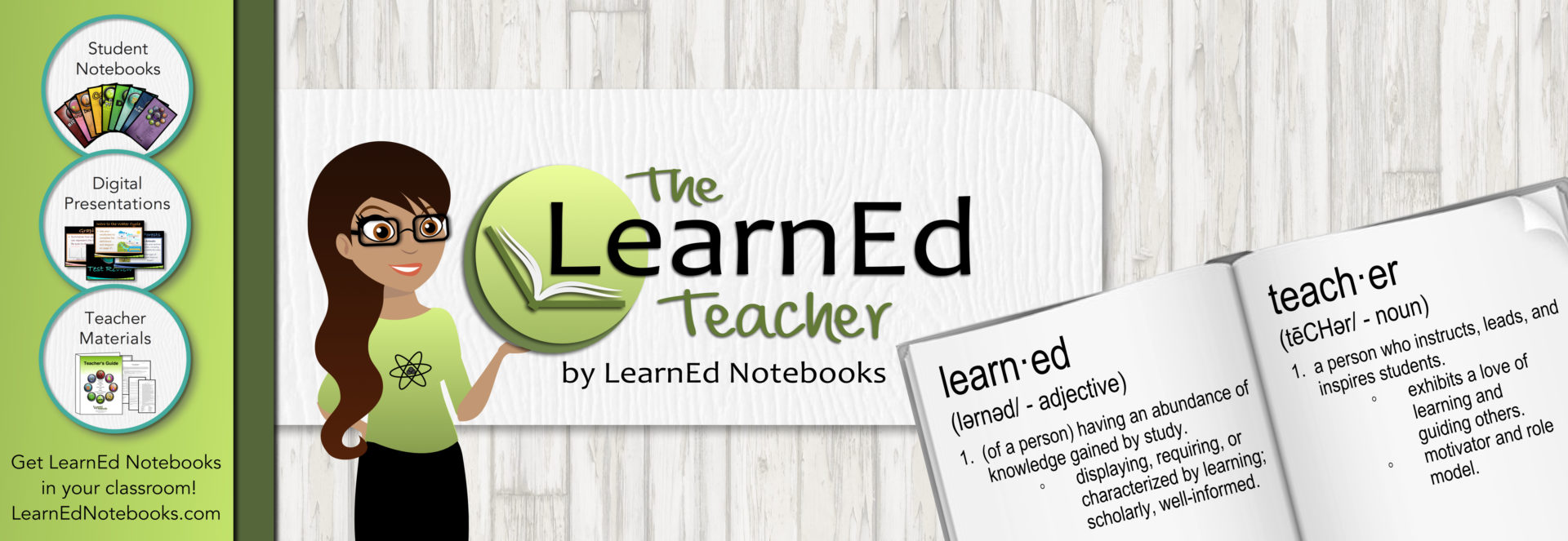
Here you’ll find all of our life science resources in one easy-to-access location. Check out our physical science activities here and our earth science activities here.
Super-Sized Circulatory System is group project that allows students to specialize in learning about one important piece of the circulatory system. Each small group of students will create a mural so the bonus is that you can decorate your walls!
Modeling Cell Cycle Phases is a chance for your students to understand the cell in a new way — they can can create an edible cell or draw a large-scale representation of a cell.
60-Second Science: Ants in Action takes a peek at how ants use pheromones to communicate. Ants and other colonizing insects (such as bees and termites) exhibit very organized social behavior.
60-Second Science: Water Wonder looks at how the Selaginella lepidophylla (also known as the dinosaur plant) can survive without water for decades! This is a great video to watch anytime your students are learning about adaptations.
Careers in Science: Veterinarian allows students to research what veterinarians do. This activity looks at the skillset that’s important for veterinarians as well as their educational background and what the job forecast looks like.
Careers in Science: Microbiologist gives students the chance to practice their research skills while they learn about the career option of becoming a microbiologist. They’ll dive into to necessary skills and degrees as well as daily tasks.
Cell Theory Graphic Organizer is a great way to review or introduce cell theory. This graphic organizer explores the contributions of Hooke, Schleiden, Virchow and others.
Patterns of Evolution Activity allows your students to experience natural selection in their lab groups. With just a few simple supplies, they be involved in the patterns of evolution.
Careers in Science: Forensic Science Technician lets students take a peek at the job that they may often see on popular crime shows. How much of it is realistic? What type of hours do forensic scientists’ often work?
Careers in Science: Sports Nutritionist allows students the chance to research what a sports nutritionist needs to know. What scientific background does a nutritionist need? How does an athlete’s diet need to differ on a game day versus a practice day?
Microscope Monday is part of a teacher appreciation week series. This introduction to the microscope includes a printable that your students can label. It’s perfect for the first time they use the microscope or just a refresher if it’s been a while.
Check out our physical science activities here and our earth science activities here.
________________________

LearnEd Notebooks provides teachers and students with an innovative notebooking solution. We specialize in providing educators with a unique curriculum that allows you to break free from conventional methods of instruction and spend more time on labs and inquiry-based science. We provide the framework of an interactive notebook with the flexibility of teaching strategies that seamlessly integrate with each teacher’s own methods of instruction. Our complete programs include printed student notebooks, digital presentations, and access to teacher resources — each focusing on diverse learning styles and engaging instructional strategies.
Click here to get LearnEd Notebooks in your classroom!
________________________











